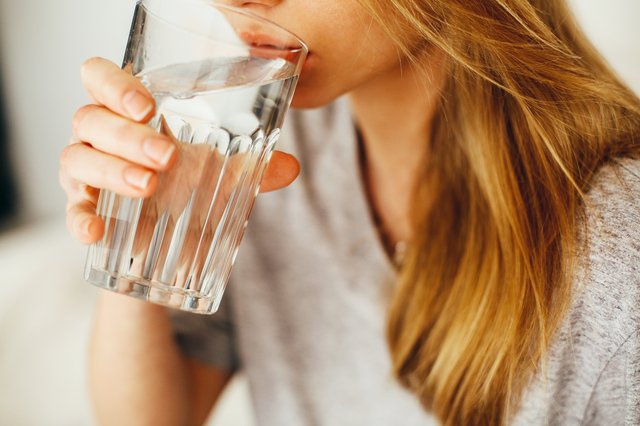
Body + Mind is reader-supported. We may earn an affiliate commission when you buy through some of the links on our site.
If you ever tasted water fresh from a mountain aquifer, you probably marveled at its purity. While the stuff flowing from your taps might seem clear, it isn’t free of chemical additives.
One of these ingredients is chlorine. While most municipalities keep levels within widely recognized safety guidelines, some people still express concern. What are the potential side effects of too much chlorine in your drinking water, and how can you mitigate any risks?
According to the Centers for Disease Control and Prevention (CDC), using or drinking water with small amounts of chlorine does not harm your health and protects from waterborne disease outbreaks. Currently, 64% of community water systems in the U.S. use this chemical in their supply. If such treatment caused severe adverse effects, the media would have exposed the risk.
However, the lack of widespread problems doesn’t mean no concern exists. Some evidence does suggest that the chemical reactions between chlorine and organic compounds, bromine and iron can produce potentially harmful levels of trihalomethanes.
Excessive exposure to trihalomethanes can increase your colorectal cancer risk. Adjusting the amount of calcium, magnesium and iron can reduce these toxins’ levels, as can boiling water.
Some research indicates that chlorinated water may harm pregnant women. In one study of over 5,000 expectant mothers in California, those who drank more than five glasses of chlorinated water daily had a nearly 4% greater risk of spontaneous miscarriage than those who did not.
In rats, exposure to chlorine increased sperm head abnormalities in males. Given the obesity epidemic in America, it’s critical to note that male rats also gained body weight when exposed to too much of the chemical.
Anecdotal reports give insight into other potentially harmful effects. When residents of Roseto, Pennsylvania, got their drinking water from a mountain spring, they had no heart attacks. Those who moved away and switched to chlorinated water then began having cardiovascular problems, although no one performed follow-up studies.
Ultimately, authorities consider the risk of waterborne illnesses to supersede other potential adverse health effects. Fortunately, if you want to eliminate chlorine from your drinking water, you have several options.
You have little influence over how authorities purify the water coming into your home. Once it crosses the threshold, you can eliminate chlorine from your drinking water using the following methods.
Traditional water softeners only remove minerals like calcium and magnesium from your supply. You may need to upgrade if you have an older model, lest you foul the resin in your softener system when chlorine reacts with iron or manganese.
Newer models may include filtration to remove chlorine from your drinking water. However, make sure you check, as not all do.
If you want to remove chlorine from your drinking water, you might want to use a filtration system in conjunction with your softener. These devices go further than removing mineral content to banish chemicals, as well.
Your refrigerator’s water dispenser may contain this feature — check with the manufacturer to be sure. You can choose systems that use chemicals or ultraviolet light.
If you have an aquarium, you’re familiar with neutralizing agents, even if you call them “tap water conditioners.” Chlorine is harmful to both saltwater and freshwater fish — you won’t keep your finned friends swimming without making their water safe.
You don’t want to go to a pet store to treat your tap water. However, you can buy tablets to purify your drinking water. As a bonus, many of these products work to make water safe to drink in the wild, which will come in handy on your next camping trip.
You can boil water for 15 minutes to eliminate chlorine. This method works best if you only need to treat a small batch at a time, and it is cost-effective. If you can’t convince your spouse to invest in a home filtration system, this technique offers a free alternative — other than the price of your labor in the kitchen.
You can also let Father Time work his magic to eliminate chlorine. It takes a little over four days to render your H20 safe, however. Therefore, if you were hoping for a chlorine-free bath, you’ll have to make do with cooler temps.
Officials consider current chlorine levels in drinking water safe. However, if you have concerns about the side effects, use one of the methods above to purify your supply.
Your email address will only be used to send you our newsletter, and at any time you may unsubscribe. For more information, see our Privacy Policy.